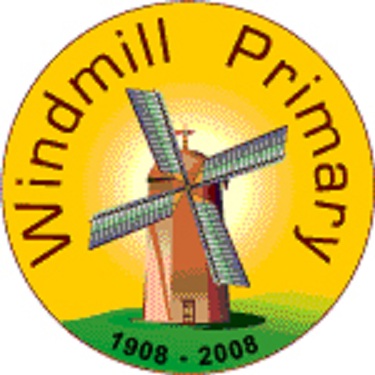History
History at Windmill Primary School
History is used to develop children’s sense of identity and cultural heritage through learning about the developments in their local area, Britain and the World. At Windmill, our aim is that through our history teaching, we can help pupils to make sense of their own world by exploring the values and attitudes of others that have contributed to the ‘story of the past.’
Curriculum implementation:
History is at the heart of teaching at Windmill and it is taught in a cross-curricular manner making use of role play, art, drama, debate, music, VR, trips and opportunities to explore a wide range of replica sources of evidence. Pupils enjoy investigating the past with a range of lessons that are full of colour, fascination, action and the occasional gory bit! We ensure that the units of work are not too prescriptive and have flexibility to weave the children’s own interests in.
In the Foundation Stage classes, the children’s work is related to the objectives set out in the Early Learning Goals and is taught within weekly themes.
Across KS1 and KS2, pupils develop their knowledge and understanding of the past as well as learn to apply their historical skills. These skills fall into five common strands as identified in the History Programme of Study:
-
Chronological understanding
-
Knowledge and understanding of features (events, people) and change in the past
-
Historical interpretation
-
Historical enquiry
-
Organisation and communication
KS1 Objectives:
During K.S.1, pupils develop an awareness of the past and the ways in which it was different from the present. Their history curriculum covers:
-
Changes within living memory
-
Significant national or global events beyond living memory
-
The lives of significant individuals in the past who have contributed to national and international achievements
-
Important historical events in the local area
KS2 Objectives:
In K.S.2 pupils, continue to develop a chronologically secure knowledge and understanding of British, Local and World history. By the end of Year 6, they will have studied the following units from the National Curriculum programme of study:
-
Changes in Britain from the Stone Age to the Iron Age
-
The Romanisation of Britain, rebellion and cultural and technological impacts
-
Britain’s settlement by Anglo-Saxons and their art and culture.
-
The Viking and Anglo-Saxon struggle with an emphasis on Viking raids and invasions
-
An aspect of British History beyond 1066 specifically the significance of WW1 and WW2
-
Ancient Egypt
-
Ancient Greek achievements and influence
-
Early Islamic Civilisation
Curriculum impact:
Through the teaching of history, our purpose is that by the time a child leaves Windmill, they will have:
-
Developed a coherent knowledge and understanding of Britain’s past and that of the wider world and how these correspond in time.
-
Developed an understanding of the different ways that the past is represented and interpreted
-
Helped pupils to recognise the value of historical enquiry and developed their range of skills required to interpret and form critical judgements about primary and secondary source material.
-
Developed an understanding that the story of the past has been shaped by both men and women and people of colour.
-
Helped the critical development of pupils’ values and attitudes, and have developed an increased understanding of the values and attitudes of others.
-
Helped pupils understand how the past has influenced the present.
-
Developed a real understanding of what the subject of history entails.
